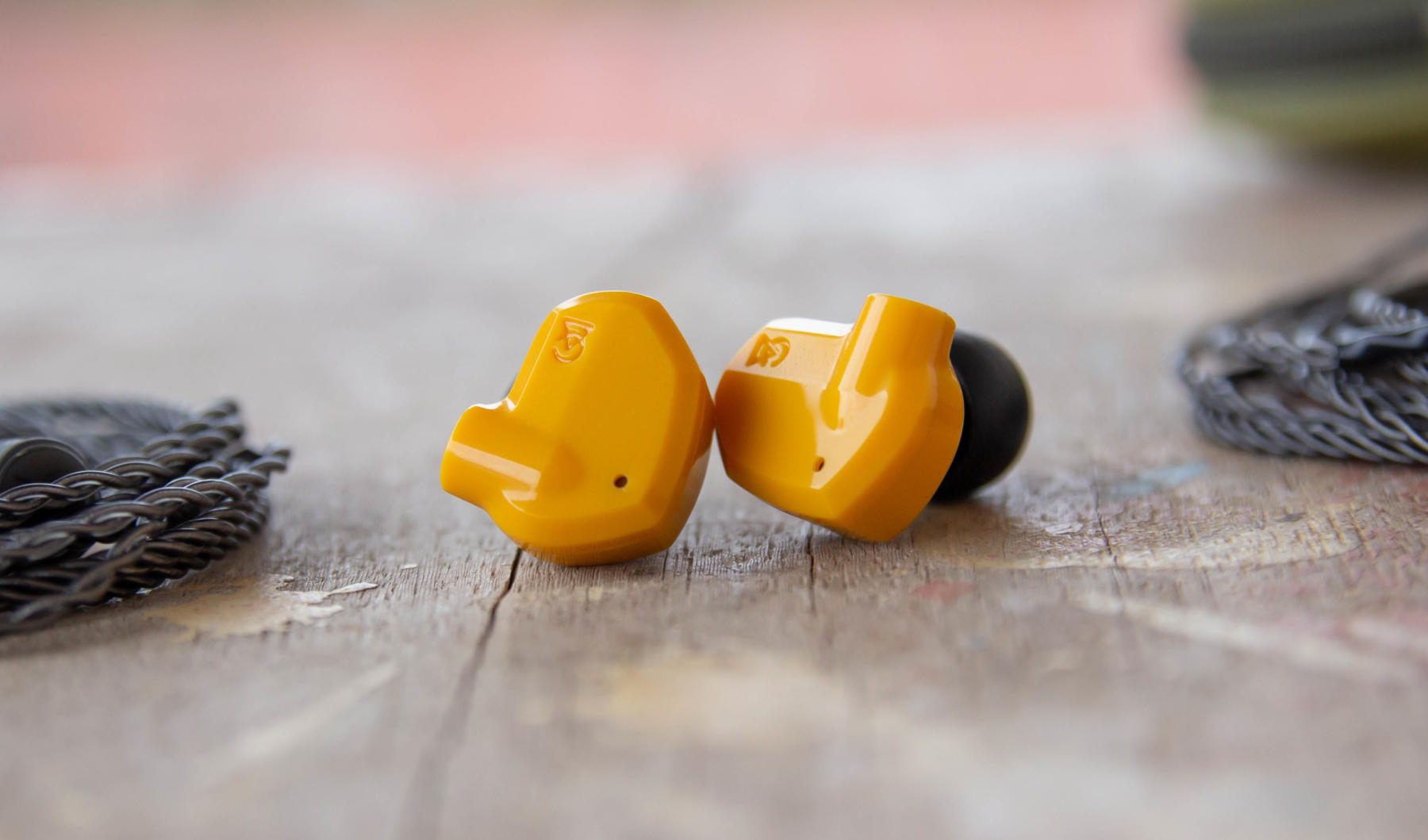SOUND QUALITY:
HONEYDEW:
This is the IEM which should be leading the charge for the Campfire Audio budget segment. It’s 10mm DD favors bass, thankfully it’s not a crazy bass minded IEM. It has a bass head level of sub-bass body while the mid range takes the back seat and the treble region has enough energy to put the honeydew in the V.
It has the typical Campfire tonality which is not exceptionally dynamic or dull while keeping it closer to natural. I would have liked a bit more dynamics to the mid range but it’s okay..
I am using Qudelix 5k and Micro Signature for this review.

BASS:
I barely get an immediate wow effect from an IEM, IEMs take time to impress me but the Honeydew is a different creature when it comes to bass. The sub-bass body is one of the biggest I have heard in this price range, so is the rumble. It just feels complete, full and aptly weighty. This is the kind if sub-bass which will make a bass head happy. It has layers of air hitting the ear drum with authority. I think this is the limit. A bit more weight and rumble might have affected its dynamics and details retrieving capabilities. Unlike most of the DD based IEMs this mid-bass does not out grow the sub-bass. It maintains similar area and volume but starts to lose body at the later stage. It still has very good body and meaty notes but the Ikko OH10 does better here. Now this lack of body helps with decay speed. It is not fast by a long shot but is not slow either giving it a more natural feel. The upper bass loses good chunk of volume but does not lose details and blends smoothly into the lower mids.
The amount of details and texture extracted out of this single 10mm DD is very good. I definitely would have liked a bit more definition.
MID RANGE:
After delivering one of the most satisfying lower ends the Honeydew delivers a reasonably good mid range. Since it’s the only driver here it has no transition phases. It just simply drops energy in the mid range and affects the vocals the most while instruments manage to hold their ground. There are a lot of things and variations when it comes to sound. The lack of energy is evident across the mid range but it does not affect the clarity or level of details. It just does not deliver sharper or forward sounding notes but still has very relevant and transparent instruments. Finishing of the instruments are blunt. They lack bite. There is some loss of dynamics and notes height too.
Vocals can’t be called bad. It is affected by odd placement. If the imaging was a bit more centered instead of being around the bass notes it would have had been cleaner and clearer. Both male and female vocals have nice clarity and details but both lack the required amount of finishing definition. A bit of sharpness would have made this a very capable IEM. It still has the organic timber but thanks to lack of finishing sharpness and note height it sounds smoother and tamed. The upper treble region is where things start to spice up. The notes start to sharpen up and Honeydew manages to gain energy giving it a proper V shaped signature.
HIGHS:
If the mid range is slightly less desirable this treble region is mouth watering. Honeydew maintains the added energy of the upper mids and the transition of smoother than any other IEM with crossovers. This added energy gives the Honeydew excellent transparency and extra bit of air between instruments. It brings pleasing sparkle and liveliness to the mix. Notes have right amount of height and weight to them. One does not need to worry about extension either, it is better than Ikko OH10 and rubs shoulder with the Fiio FD5 (If I have to pick a treble region I will pick this because of its cleaner and less congested presentation).
The only shortcoming is at its floor where the notes originate from. It’s slightly less clean due to overlapping or else this is a very formidable treble region without any down side.

STAGE AND IMAGING:
This has a very good stage size, one of the biggest at this price range, bigger than Ikko OH10 and OH1, especially in the X-axis while being more rounded. It has very good layering and air between instruments. I have no problem with the stage and instrument placing but one. This mid range could have been placed in line with the rest of the instruments. No part of the spectrum dominates the sound. I would have liked a different placement for the vocals, it is a bit less controlled giving a sense of being all over the place.
COMPARISONS:
VS Ikko OH10:
This hybrid driver IEM is similar when it comes to their target consumers. While the OH10 is more balanced it starts to lose energy gradually, immediately after the bass region.
OH10 has a very good lower end but is not close to the amount of sub-bass rumble of the Honeydew. It has bigger and fuller mid-bass, can be labeled as a hump but both have juicy and weighty notes. Honeydew has it heavier though. Mid range is where the OH10 pulls ahead with its forwardness but does not get extra point for better details. The losing point is the treble for the OH10, It does not maintain enough energy at the treble region and is less clean and transparent. Stage size of the Honeydew is more expansion but the OH10 has better height.
If I have to pick one it will be the Honeydew. It is more fun and has better overall details and clairty.
VS Copplinn Alula:



